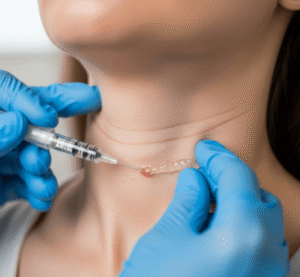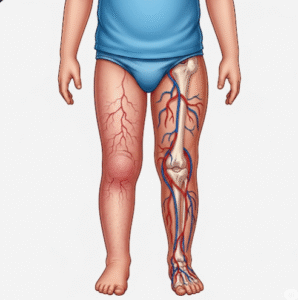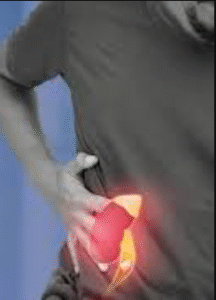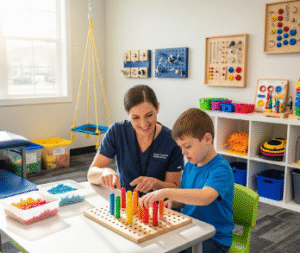Overview
Foreign object inhalation (also known as foreign body aspiration) occurs when a solid or liquid object enters the airway or lungs instead of the digestive tract. It is a life-threatening emergency that requires immediate medical attention. This condition is most common in children under 5 years, but it can also occur in adults with neurological issues, impaired swallowing, or during trauma.
In Korea, emergency medicine, pulmonology, and pediatric airway management are highly advanced, with hospitals using rigid and flexible bronchoscopy, high-resolution imaging, and minimally invasive surgery to quickly and safely remove inhaled foreign objects.
What is Foreign Object Inhalation?
Foreign object inhalation happens when food particles, small objects, or liquids enter the trachea or bronchial tubes instead of the esophagus. Depending on the size and location, the object may cause:
- Complete airway obstruction (life-threatening)
- Partial obstruction (chronic cough, wheezing, pneumonia)
Symptoms
- Sudden coughing or choking episode
- Difficulty breathing or noisy breathing (stridor, wheezing)
- Gagging or inability to speak (if airway is blocked)
- Chest pain or discomfort
- Cyanosis (blue lips or face due to lack of oxygen)
- Persistent chronic cough or recurrent pneumonia (if not diagnosed early)
Causes
- Children: accidental inhalation of food (nuts, seeds, small candies) or toys
- Adults: aspiration during eating, especially if intoxicated or sedated
- Elderly: swallowing difficulties (dysphagia) or poor gag reflex
- Medical conditions: stroke, dementia, Parkinson’s disease, or neuromuscular disorders
- Trauma or surgery: accidental aspiration during anesthesia or injury
Risk Factors
- Children under 5 years old
- Elderly individuals with impaired swallowing
- People with neurological diseases (stroke, seizure disorders, dementia)
- Patients with alcohol intoxication or sedation
- Those eating while talking, laughing, or running
- High-risk foods: peanuts, sunflower seeds, fish bones, popcorn, grapes
Complications
- Asphyxiation (suffocation) if airway is completely blocked
- Recurrent lung infections or pneumonia
- Atelectasis (collapse of lung tissue)
- Chronic wheezing and bronchitis
- Lung abscess formation
- Permanent lung damage if not treated quickly
Prevention
- Keep small objects and choking hazards away from children
- Cut food into small, manageable pieces for children and elderly
- Avoid giving hard nuts, popcorn, or small candies to toddlers
- Ensure proper supervision during meals for children and elderly
- Avoid lying down or talking while eating
- Special swallowing therapy for patients with dysphagia
- Careful monitoring during anesthesia and dental procedures
Treatment Options in Korea
Diagnosis
Korean hospitals use advanced imaging and airway assessments for rapid detection:
- Chest X-ray: to check for air trapping or object visibility
- CT scan: for non-visible or deeply lodged objects
- Bronchoscopy: both diagnostic and therapeutic
Medical Treatments
- Immediate first aid (Heimlich maneuver): performed if airway is blocked
- Oxygen therapy: to stabilize breathing before removal
- IV fluids and medications: to prevent shock and support patient
Surgical or Advanced Therapies
- Rigid bronchoscopy: gold standard for foreign object removal in children and adults
- Flexible bronchoscopy: used for diagnosis or removal of smaller, less obstructive objects
- Tracheostomy or emergency airway surgery: in cases of severe blockage when bronchoscopy is not possible
- Video-assisted thoracic surgery (VATS): if object has migrated deep into the lung or caused complications
Rehabilitation and Support
- Post-removal monitoring: to check for airway swelling or infection
- Antibiotics: if pneumonia or abscess is present
- Pulmonary rehabilitation: breathing exercises to restore lung function
- Speech and swallowing therapy: for patients with recurrent aspiration
- Parental or caregiver education: to prevent recurrence in children













